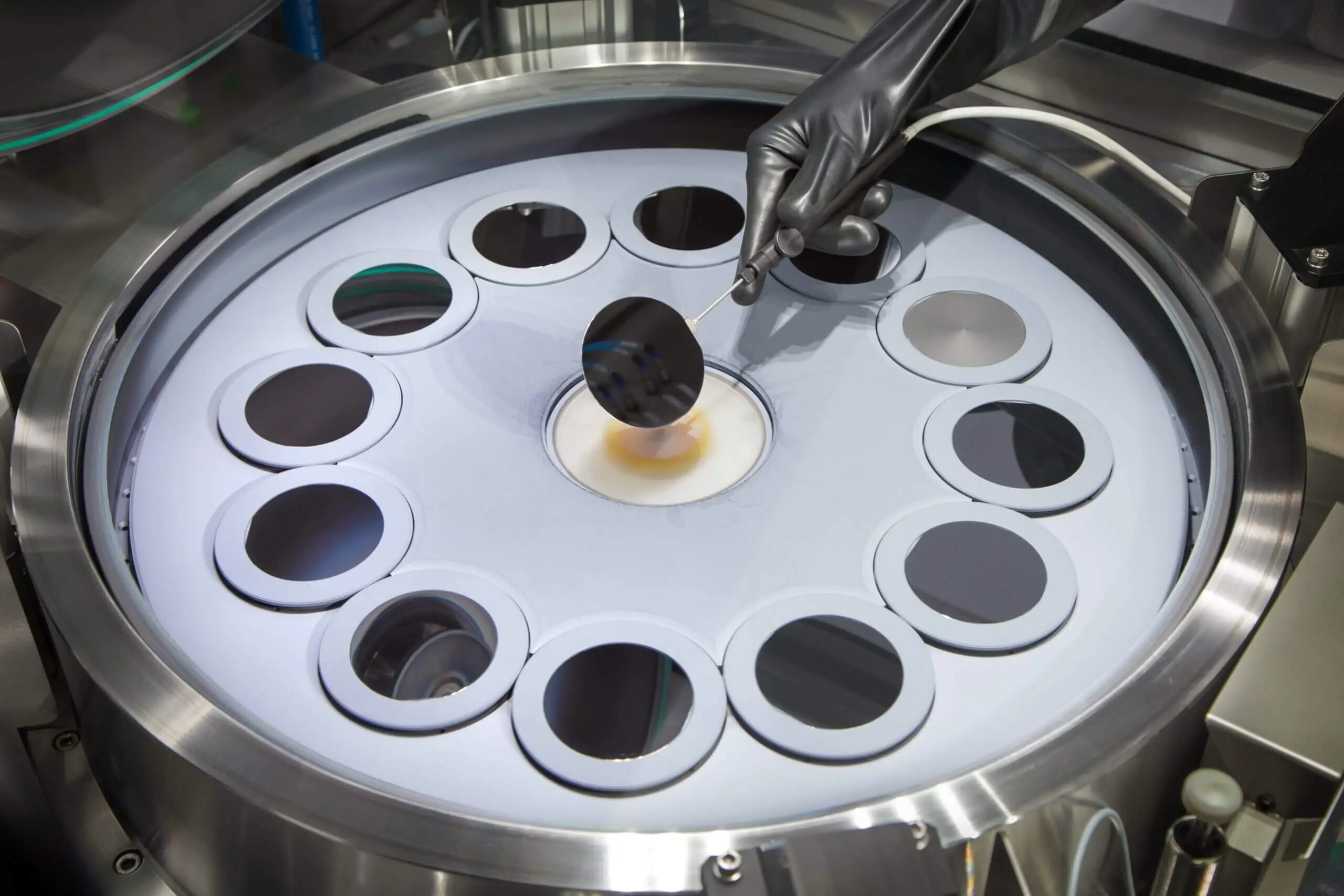
VIGO Photonics S.A. has decided to invest around EUR 5.4 million in its epi-wafers production capacity. A new purchase of AIX 2800 G4 from AIXTRON is a response to the growing market demand for photonics and microelectronics devices. AIXTRON's MOCVD system with the market-leading Planetary Reactor® is scheduled for delivery in 2022.
VIGO Photonics S.A., a world-leading manufacturer of uncooled infrared photon detectors, consistently implements its growth strategy. The expansion of III-V semiconductor material epitaxy and the production of SWIR detectors (InGaAs) is a central measure of the strategy. The company is looking to continue its development on the global photonics market and branch out into new areas, maintaining high margins and the revenue growth rate at the level of 20-30% annually.
“We are now moving into a capacity expansion phase. A purchase of another MOCVD system from AIXTRON is a natural step for every foundry facing substantial demand for its products. With a production boost we will maintain a diverse III-V epitaxy portfolio and have the ability to supply increasing quantities of our wafers to a wide range of photonics and microelectronics companies,” says Dr. Wlodek Strupinski, Head of Epitaxy Division.
VIGO Photonics’s Epitaxy Division manufactures top quality III-V epitaxial structures for chip maker customers specializing in semiconductor lasers, photodetectors, transistors, photovoltaic cells, and quantum dots emitters. Within its broad epitaxy portfolio, the company focuses on growing structures for long wavelength VCSELs (vertical-cavity surface-emitting lasers), used in telecommunication, and QCLs (Quantum Cascade Lasers) used in optical recording, scanners, laser printers, and laser spectroscopy. In addition, the company achieves synergy with its processing production line by in-house development of III-V photodetectors such as InGaAs-based short-wave infrared (SWIR) diodes widely implemented in night vision, gas sensing, and telecommunications applications.
“Market demand for photonic and microelectronic devices has increased significantly in recent months and years. We are therefore looking for a quick production ramp-up. The enlarged production capabilities of VIGO Photonics will support the development of numerous photonics applications serving megatrends such as LiDAR and 3D sensing. We intend to use the additional capacity to strengthen our market position and to grow with our customers,” says Dr. Adam Piotrowski, CEO of VIGO Photonics.
The additional AIX 2800 G4 system will be bought to double the capacity for production and R&D work in the upcoming year. The Epitaxy Division of VIGO Photonics has already been successfully using AIXTRON’s state-of-the-art MOCVD technology for many years to fulfill orders and provide the company with III-V InGaAs-related semiconductor material.
“We have been working closely and trustfully with VIGO Photonics for many years. We value the exchange with the experts on new developments in the field of epitaxy and are pleased to be able to support VIGO in implementing its growth plans with our equipment,” says Dr. Felix Grawert, CEO and President of AIXTRON SE.
AIXTRON is a leading global provider of deposition equipment for the semiconductor industry. Its MOCVD AIX 2800 G4 system is intended for high volume manufacturing of GaAs- and InP-related compounds. It is a horizontal laminar flow reactor with multiple rotation of substrate carriers and 12 x 2, 3, 4 or 6 inch or 60 x 2inch configuration, which enables maximum yield at the highest quality level. This modern platform is also equipped with Laytec’s in-situ monitoring, the most advanced measurement techniques.
“The collaboration with AIXTRON is really good, and we hope to continue scaling up with AIXTRON. Their well-known equipment offers both outstanding performance in terms of wafer homogeneity and high efficiency in material consumption. This gives us the flexibility and versatility we want to share in joint manufacturing process with chipmakers worldwide,” says Dr. Wlodek Strupinski, Head of Epitaxy Division.